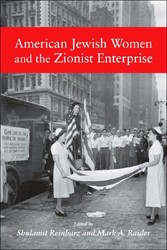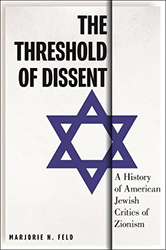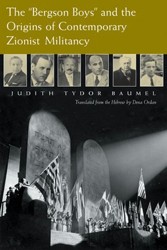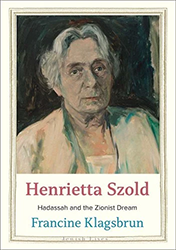Hadassah is the “largest collective project of women in the Diaspora on behalf of the Yishuv, [pre-state Jewish community in Palestine] and later Israel and remains so today,” reports Mira Katzburg-Yungman, a scholar of American Zionist history and the author of Hadassah: American Women Zionists and the Rebirth of Israel.
Hadassah was formed in 1912 by a group of Jewish women in New York as a response to the dismal conditions of Jews in Palestine in the nineteenth century. Disease and poverty were rampant. The Rothschild family founded Palestine’s first modern hospital in 1854 to ameliorate conditions. This would later become known as the Rothschild-Hadassah Hospital and ultimately “Hadassah Hospital.” On a visit to Palestine in 1912, Nathan Straus, the owner of Macy’s, established a soup kitchen and health center in Palestine; he would ultimately spend two thirds of his fortune on various public health projects in the Yishuv including financially supporting Hadassah medical projects.
Henrietta Szold, Hadassah’s prescient, charismatic leader, recognized early on that in addition to having an American contingent, the Hadassah Medical organization needed people in the Yishuv delivering the services. Szold developed a group of Israelis whom Katzburg-Yungman calls the “partners” — the immigrant doctors, nurses, teachers and others who tirelessly shared their knowledge, skills and vision and delivered the highest quality care to the Yishuv and later Israel.
Hadassah has played an important role at most critical junctures in Israel’s history. For example, to meet the needs of the child survivors of the Holocaust and North African Jewish refugee children, Hadassah developed special programs such as Youth Aliyah. Hadassah also spearheaded the formation of the Hadassah Medial School and Hadassah Nurses Training School. Many of these activities are vividly portrayed in the book’s archival photographs and documents, which help the reader visualize the transformative process in Israel and the Hadassah organization.
What is astounding about the accomplishment of these very important tasks is that these projects were funded by the efforts of a “veritable army of housewives,” writes the author. The national organization officers and the local chapters were composed of mostly unpaid middle class housewives who tirelessly volunteered and raised huge sums of money through a variety of fundraising strategies including rummage sales, dinner dance parties, fashion shows, auctions, luncheons, raffle tickets, and canasta and mahjong parties. These indefatigable housewives were primarily Conservative and Reconstructionist Jews whose Jewish identities and Zionism were core parts of their lives. This fundraising model changed somewhat with the rise of the women’s movement and women’s increasing career involvement. Working women balancing family and work had less time and energy to engage in the labor intensive fundraising activities required to keep Hadassah flourishing. Paid professional staff was hired to help with these activities.
As a life time Hadassah member I thoroughly enjoyed reading this book, but I think any reader interested in the Jewish experience will be enthralled by the story of Hadassah. Appendix, index, notes, photos.

Nonfiction
Hadassah: American Women Zionists and the Rebirth of Israel
- Review
By
– December 18, 2012
Carol Poll, Ph.D., is the retired Chair of the Social Sciences Department and Professor of Sociology at the Fashion Institute of Technology of the State University of New York. Her areas of interest include the sociology of race and ethnic relations, the sociology of marriage, family and gender roles and the sociology of Jews.
Discussion Questions

Jewish literature inspires, enriches, and educates the community.
Help support the Jewish Book Council.



